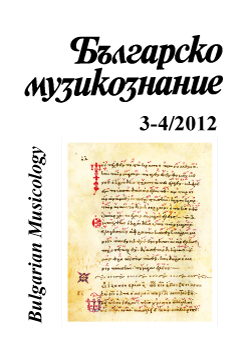

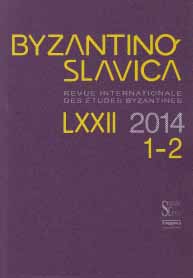
The Byzantine polemicists in their accounts on al-takbîr or Allâ Wa Koubar relate between the Ka’ba, the worship of the Star of the Morning, the Black Stone, and the head of the Greek Goddess Aphrodite. This paper examines the concept of the Byzantine theologians on al-takbîr or Allâ Wa Koubar, which is a part of Muslims’ prayer and the Islamic rituals, in order to highlight how it was perceived by the Byzantines.
More...Keywords: university; school; library; professors; philosopher
The Byzantine Empire always displayed a cultural dimension that manifested itself to the full extent under extremely varied forms. In the late ancient world, the Byzantine school was dominated by the return to Greek culture. Any good professor of higher education taught the Greek classics. The basic curriculum included Homer, Euripides, Aristophanes, and Demosthenes; more advanced students also read Herodotus and Thucydides, Plato and Aristotle. Set between the collapse of classical Antiquity and the Renaissance age that announced the dawn of modernity, Byzantium was unquestionably the upholder of medieval culture in Europe, even during the centuries when the rest of the continent was dominated by the so-called cultural “darkness”. Byzantine philosophers, jurists and theologians were the first teachers Italy ever had and it was through the Italian Renaissance that the Byzantine culture became an integral part of European culture.
More...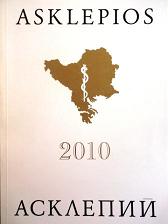
It is well-known in our days that hospitals have been a Byzantine invention, as evolutionary models of welfare institutions, additionally offering medical services. The gradually conquered role that hospitals acquainted through the Byzantine centuries place them as principal centers of medical care mainly in the capital and probably in other towns of the empire. The study of the public health care versus the private practice of medicine must examine many aspects of the Byzantine medicine, the doctors, the patients and their social and economical status, as well as the adventures of the state, as many institutions were sponsored by the Church or the Emperors.
More...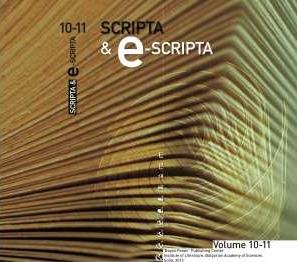
Keywords: Text critic principles; Byzantine and Old Slavonic hymnography; Mediaeval Orthodox services;
This paper presents the author’s personal views on the problems of critical editions of Byzantine and Old Slavonic services. The most significant problem of all relates to the nature and structure of these works. Their form is subject to constant change, because every component of the Orthodox service can easily be changed, removed or added. Moreover, the Slavonic texts present language-related problems which are largely absent from the Byzantine texts: the less imposition of the classical linguistic norm, which results in too many variations and the infiltration of elements from the Mediaeval idioms and, later, from the languages of the Slavic peoples into which the works were rendered; the well-documented differences in rhythm and stress introduced during the process of translating Byzantine texts into Old Slavonic. All the above formulated renders the classic concept of a critical edition inapplicable in the case of Mediaeval Orthodox services. The critical edition of these texts can seek only to restore the ancient core of a service and the older texts that are included in all its known variations. In the same time the edition’s aim should be to present a text that is readable and comprehensible in contemporary terms, and which is readily accessible to a readership beyond specialists in its specific period and subject. Less serious difficulties, related to the critical editions of the services, are: the multitude of copies of even a single service, coupled with the fact that many of these copies are to be found in collections which remain inaccessible, the lack of an all-embracing study of the history, the structure and evolution of the canon as a literary genre, and as far as the Old Slavonic texts are concerned, the lack of certain basic instrumenta studiorum.
More...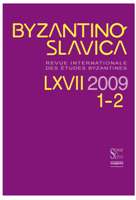
Some Early Christian churches in Rough Cilicia have been ascribed to the patronage of the Byzantine emperor Zeno (476-491), native of Isauria, based on their rich decoration, their unusual centralized plans, and on historical considerations. A comprehensive study of the architectural sculpture of Rough Cilicia aims at scrutinizing this theory, contributing to the economic history of the region, and clarifying the relation to the capital, Constantinople.
More...
At first, the author deals in retrospect with the Old Byzantinists and their world and, secondly, the article deals with the position of Byzantine studies in the present day intellectual world.
More...Keywords: spiritually beneficial tales; Byzantine tradition; Slavonic translations
The term "hagiography" is deeply anachronistic, since it brings together on a non-literary basis a variety of literary genres. Byzantines were not familiar with this term. It was Paul of Monemvasia himself who introduced a special term for the pieces he was writing: "Diegeseis psychopheleis". Therefore we can suggest that Byzantines had a sense that this was a special genre. The word ‘Diegesis’ (Narrative) underlines the literary, conventional nature of a text, especially as opposed to the term "bios kai politeia", which stresses its "authenticity". A Vita as a whole is called "historia psychopheles" only once - the term is applied to an uncommon hagiographic text such as the novel of Barlaam and Ioasaph which lacked the characteristic features of a common Byzantine Vita Based on the contexts in which ‘diegesis’ occurs in hagiography we can figure out that it meant a precise piece of narrative, with a well-confined plot. The "tales" plots are commonly rich in twists and details that are redundant from the edification point of view, and this trait distinguishes "tales" from fables and parables. Apparently when "tales" spread beyond the monasteries’ quarters, when city dwellers emerged in their plots, and the actual stories grew more complicated, this modified the genre, emphasized the entertaining element and further diminished the tale’s edifying value. The articles of the following collection are published in chronological order. Our collection is a first attempt to trace the fate of a poorly studied yet extremely interesting genre, which may shatter some of the current preconceptions about Byzantine literature.
More...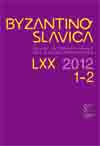
The information approach for studying Byzantine Law is represented by help of the information analytical complex, building on the platform of the dB ìByzantine Lawî. The aim of this representation is a pictorial description of preparation for building of the Expert System ìByzantine Law and Actsî. At the same time the Project of the universal Expert System is proposed for the modern Byzantine studies.
More...Keywords: Early Middle Ages; Byzantine Sword; Sword-guard; Pommel; Varangians
The author points his attention to several published and unpublished swords andparts of swords of Byzantine time, discovered in Romania. Defining the kind of weapons by origin (manufacturing), or linking them to a certain ethnic group or army is largely conditional – each soldier had used an effective weaponry, whether it was made in a local workshop, produced in a workshop during a military campaign, or received as a gift or trophy. Thus, it is difficult to determine if some of the weapons mentioned in some studies (particularly swords), are definitely Byzantine, Arabic, Indian, etc. The author gives new interpretation some already published Byzantine swords (from Sfintu Gheorge (Sepsiszentgyörgy), Covasna County and for a sword-guard and pommel of a sword found in the Păcuiul lui Soare fortress. For the sword from Sfintu Gheorge (Sepsiszentgyörgy), Covasna County, he proposes the hypothesis that it is of Byzantine origin, found in Bulgarian cemeteries dated from the second half of 9th – first years of 10th centuries. For the pommel from Păcuiul lui Soare fortress the author gives numerous parallels – all dated to the second half of 9th – 10th centuries. Based on the fact that there are two quite similar in shape sword-guards: one from Păcuiul lui Soare fortress and another one from Pliska the author derived the conclusion that they belong to a new type of sword (or more precisely sword-guard). This type should be described as Byzantine and the name “Pliska (1948) type” has been suggested for it. Giving a comment on four unpublished swords kept in two museums in Romania the author suggested that the sword from Giurgiu museum is also Byzantine and dated it to the 10th century, while the three others from Constanţa museum are of Scandinavian origin. He believes, that the last ones would have reached the area close to the mouth of the Danube during the Varangian-Russian military and commercial raids to Constantinople from 9th to mid-11th centuries or due to the recruitment of Varangians and Normans (Engli/sh and Dani/sh too) by the Byzantine Empire in middle 11th century and later.
More...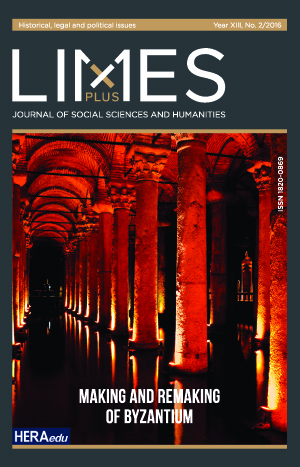
Keywords: “thrice-accursed”; late antiquity; Byzantine literature; Serbia; orthodoxy; hagiography; heresy
The starting point of this paper is the account of a council against heretics which was held by the Serbian grand zhupan Stefan Nemanja in his dominions in the late 12th century Serbia. Later, in the first half of the 13th century, Nemanja’s son and hagiographer, the first crowned king Stefan Nemanjić utilized a specific technical term “thrice-accursed” (τρισκατάρατος – трьклет) in his account of the council that was convened. Our aim is to present the levels of cultural and literary traditions which were transmitted from various Byzantine literary genres, which stem from the attic oratory as far as the 4th century B.C. (Demosthenes’ Oration against Aristogeiton), through the literary works of the rhetor Lucian the Sophist in the second century A.D., and which later entered Byzantine tradition through pseudo-Chrysostomian works, and the liturgical and historiographical texts of authors such as Romanos Melodos, George the Monk, and Constantine Manasses. We aim to present both the development in the meaning of the term thrice-accursed in its long historical path from Demosthenes to Manasses, its shift from ancient pagan to Christian semantics and thus utilization in various genres of Byzantine literature, and finally its influence on the genre of Serbian medieval hagiography, especially in the works of Stefan the First-Crowned and archbishop Danilo II in his Lives of Serbian kings and archbishops.
More...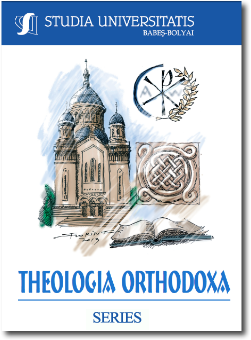
Keywords: Venice; Byzantine Empire; Doges; Middle Ages.
The purpose of this study is to present the origins of the Venetian rulers and the relationship of the first doges with the Byzantine Empire. The fact that the first doges were officials of the Byzantine administration is an obvious form of Byzantine civilization over Venice. On the other hand, the accentuation of the Byzantine matrix of the Venetian doge is capable of shedding light on the role the doges have had in universal history. The fact that the Doges adopted the ideological hegemony of the Byzantine emperors, as well as numerous forms of protocol and ceremony, inspired the Venetian rulers to impose the North-Adriatic state as the main economic force of the Mediterranean Sea. The special status that Venice acquired on the Byzantine route explains today’s separatist tendency of the Veneto region, which also includes Venice. As all these tendencies find the answer in the past, it is necessary to research some important aspects of the relationship between Byzantium and Venice during the Middle Ages.
More...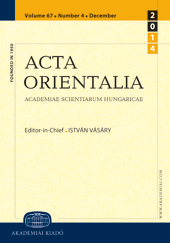
Keywords: Western Turkic Qaghanate; Byzantine; Chach (Tashkent) oasis; Sogdian script; early Turkic titles; imperial symbols;
This article is devoted to the coinage of Western Turkic Qaghanate (568–740) in the Chach (Tashkent) region and the influence of Byzantine monetary traditions on their formation. Bearing on the newly discovered numismatic material the authors tried to throw light on the stages of coinage of the Western Turkic Qaghanate and elucidate the brief history of their relations with the Byzantine Empire. The Western Turkic rulers minted their own coins (with the titles of żpγw ‘Yabghu’, cpγw x’γ’n ‘Yabghu-qaghan’, the ethnopolitical name of twrk x’γ’n ‘Türk-Qaghan’ and with the rulers’ names of trδw x’γ’n ‘Tardu qaghan’, twn cpγw x’γ’n ‘Tun Yabghu-qaghan’, all in the Sogdian script) in the Chach region and these coins were symbols of the independence of the Western Turkic Qaghanate. On the coins the following three variants of an original tamga can be seen: . The difference in the shape of the tamgas, in our opinion, is connected with the three stages of the formation of the Western Turkic Qaghanate. Stage 1: the Western Qaghanate is a wing or peripheral state within the Turkic Qaghanate under the rule of a Yabghu (the title Yabghu appears on the coins as ); stage 2: during the period when it was related nominally to the Turkic Qaghanate, in the period of the Yabghu-Qaghanate (the title Yabghu qaghan on the coins is ); stage 3: from 630 onward, after the defeat of the Eastern Turkic Qaghanate by Tang China, the Western Turkic Qaghanate existed for a certain time as an independent state (the title Qaghan on the coins is ).
More...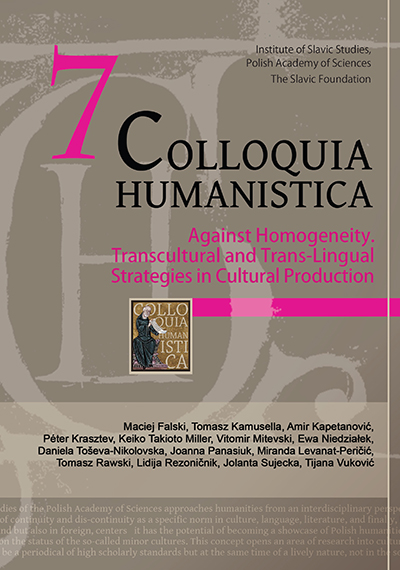
Keywords: Macedonian traditional epic poetry; King Marko; Byzantine epic tradition; akritic hero; Digenes Akritas; comparative analysis; horseman; child-hero; dragon slaying;
Comparative analysis of the most prominent heroic characters of Byzantine (Armouris and Digenes) and Macedonian (King Marko) epic poetry uncovers numerous contact points that reveal a close relation between these two cultures over a longer period of time. By using the term “akritic hero” or border warrior in Byzantine and the term kraishnik in Macedonian epic poetry, the paper analyses the relation between these two representations of the same type of epic hero. Complex concordance is explored on several levels which illustrate several characteristic features of the Byzantine akritic heroes Digenes and King Marko in traditional Macedonian epic poetry. Both Digenes and Marko are lone horsemen roaming in restricted territory (Cappadocia and Macedonia), they fight as individuals with distinguished opponents and even with armies, and win the fights, slay the dragon in an identical manner; there are occurrences of child-heroes in the songs and the institution of the avunculate is particularly emphasised in the act of initiation etc. Unlike the monolithic character of Homeric heroes, in Byzantine and Macedonian epic poetry both Digenes and Marko are significantly more complex and occasionally inconsistent characters, which is due to their centuries-long shaping in territories where different cultural influences are interwoven.
More...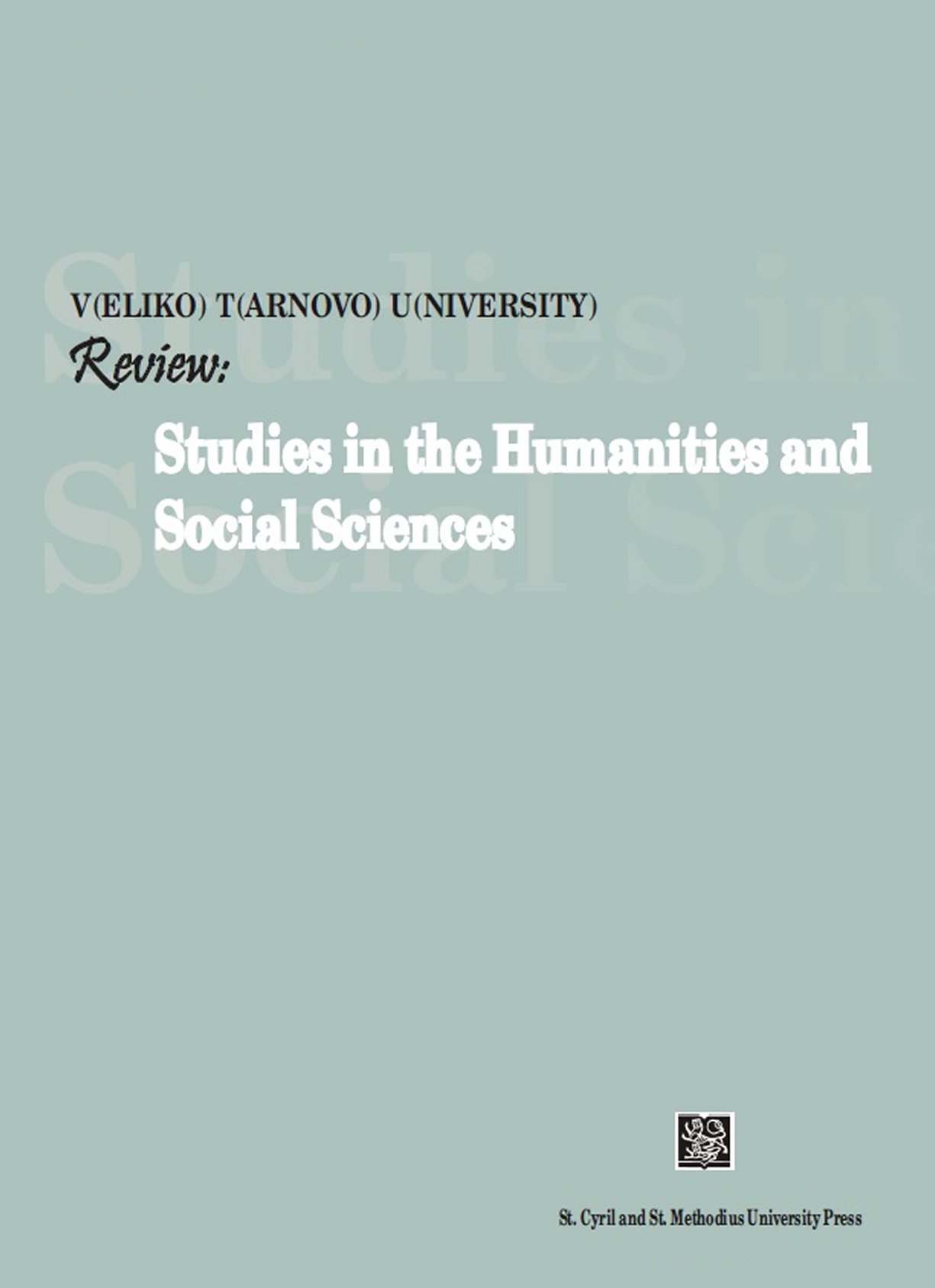
Keywords: Byzantine Empire; Crusades; the image of the other
The article explores changing attitudes to western Europeans in the Byzantine Empire from the eleventh century until the Fourth Crusade and for some time after it. Special attention is paid to the development of old stereotypes and the emergence of new ones. More active contacts between the two halves of Christendom from the eleventh century onwards did not result in an expected rapprochement, but rather led to hatred and resentment. The article focuses on a number of texts by Byzantine authors, such as Michael Psellos, Anna Komnena, John Kinnamos, Eustathios of Thessaloniki, and Niketas Choniates. In my view, the changes in Byzantine perceptions of the west could be represented in terms of the following metaphorically named stages: Calm, Menace, and Bitterness and Despair.
More...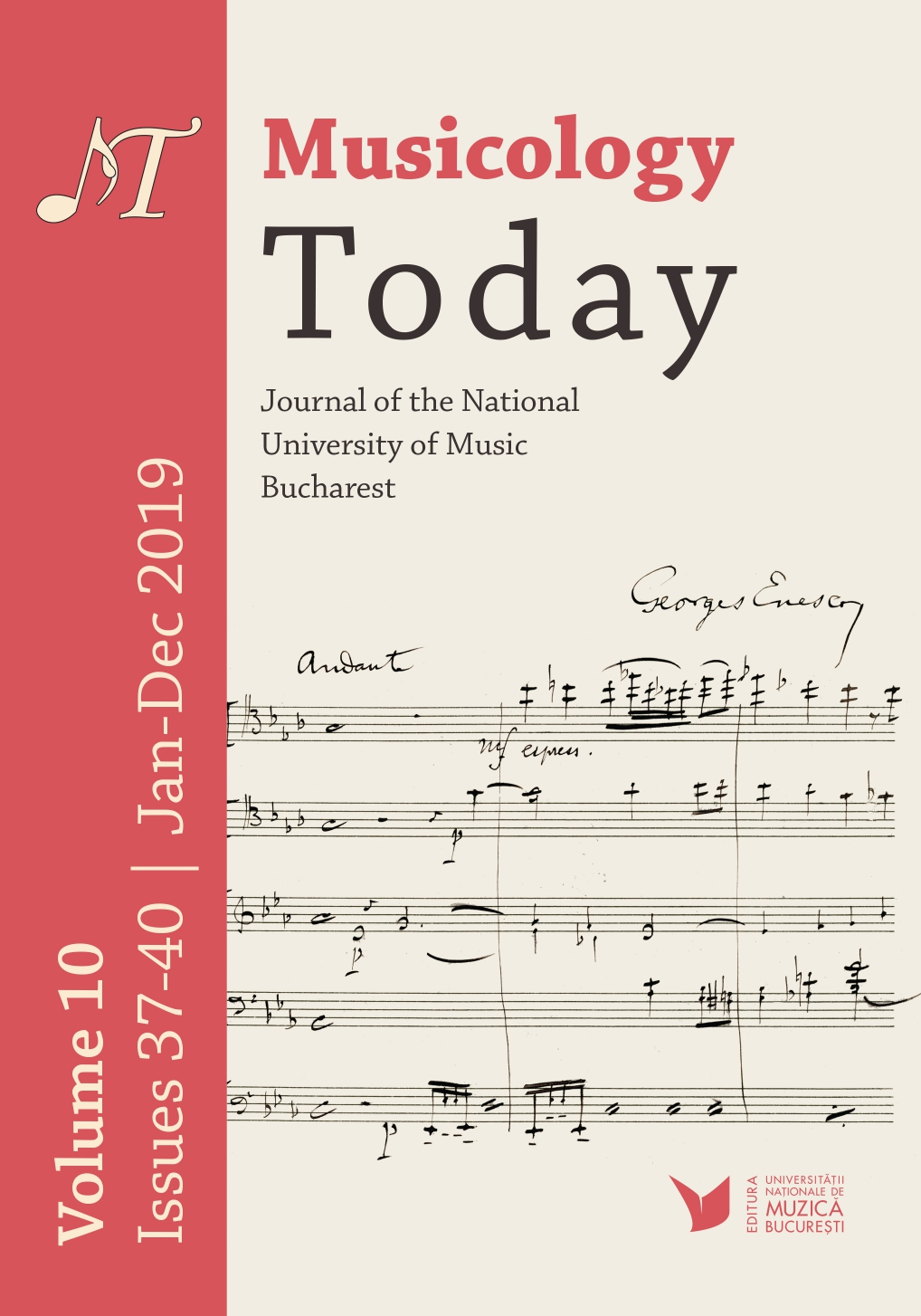
Keywords: censorship and propaganda; nationalism; church music;
Somehow surprisingly, Byzantine musicology flourished during the communism in Romania. How was it possible to publish articles and books on a religious topic in an atheist totalitarian state with a vigilant censorship? Franz Metz (1995) and Nicolae Gheorghiță (2015) have shown that religious music research was in fact encouraged by the regime in order to support its nationalist ideology. My paper is a revisitation of the subject, bringing new data into view.
More...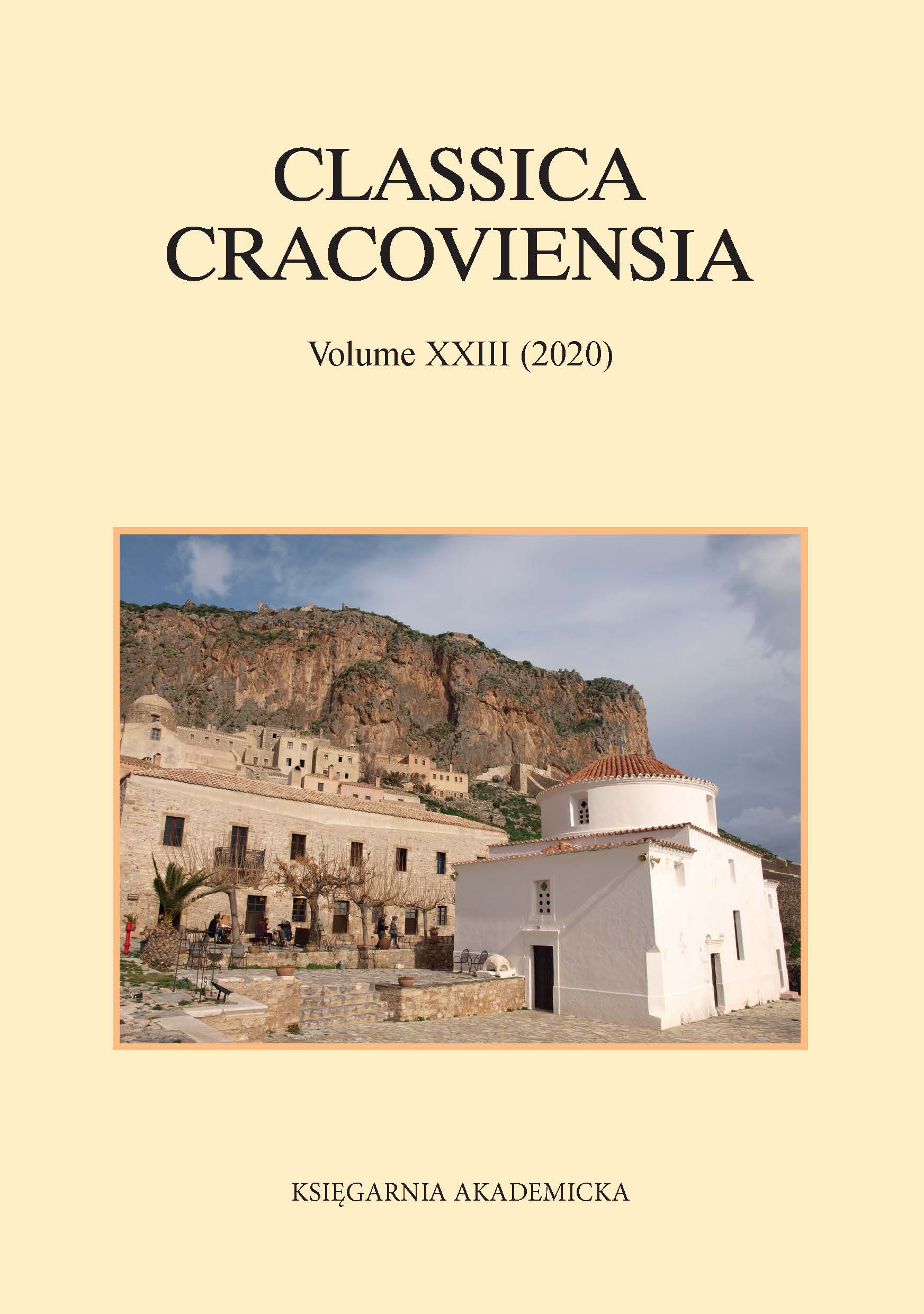
Keywords: Kostas Ouranis; Reception of Byzantium; Byzantine heritage; Modern Greek Reception of Byzantium; Peloponnese; Monemvasia; Greek Travel Writing
Kostas Ouranis (1890–1953), a Greek poet and essayist, lesser known abroad, was regarded as one of the first to introduce “travel writing” in Greece. As a correspondent of different newspapers, he travelled to many countries in Europe and abroad and recorded his impressions in travel books, of which the best known is his travelogue on Spain, Sol y sombra (1934). However, the book that is of special interest as regards the Greek perspective of the writer, is Travels in Greece (Ταξίδια στην Ελλάδα, 1949), where Ouranis describes impressions from his travels in his homeland which took place in 1930. In the present paper, basing on the brief chapter on Monemvasia from the above-mentioned book, I will shed some light on the reception of Byzantium in Ouranis’ view, trying to answer, among others, the question whether the writer conveys any specific knowledge of the subject. In my opinion, his view of Byzantine heritage deserves special attention as regards the broad framework of the European approach to the legacy of the Eastern Roman Empire. Firstly, because his impressions on this Byzantine town constitute a vivid example of a clearly Greek perspective in this regard, which is relatively poorly known. Secondly, his deeply personal account on Monemvasia reveals the general attitude of the Greeks to their legacy and as such it may be regarded as a characteristic miniature which, like a lens, focuses their approach to the past.
More...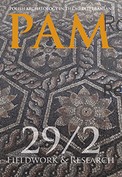
Keywords: Egypt; Roman/Byzantine/early Islamic; architecture; amphorae; terracotta figurine;
The ‘Marea’ project of the University of Warsaw expanded the program to survey and excavate in the northern and eastern parts of the city in order to establish the character and chronology of the structures there. The eastern waterfront was uncovered, along with the adjacent latrines, streets and buildings, which are presumed to be residential. The structures which were examined were very regularly formed and involved large-scale earthworks. They were built no earlier than the mid-6th century AD, and, although their purpose sometimes changed, they remained in use until about the mid-8th century AD. Accumulations of Roman, Byzantine and early Islamic date were discovered, including the oldest remains this season, that is, a row of locally-manufactured amphorae serving an unexplained purpose.
More...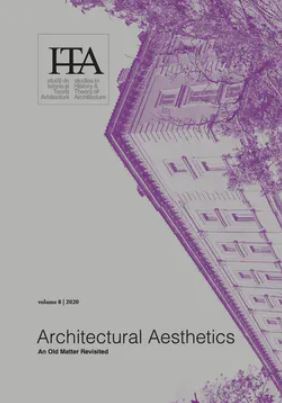
Keywords: Hagia Sophia; Byzantine church architecture; Early Byzantine architecture; architecture education;
This is yet another adventure inspired by the wondrous Hagia Sophia in Istanbul. Hagia Sophia stands as a well appreciated world heritage monument, which has had a strong influence on the formation of many architectural styles and approaches throughout the following millennia. Topographically situated on high ground, at the centre of the old city, Hagia Sophia shapes the skyline of Istanbul. The central dome supported by two semidomes covering the nave and the massive buttresses fortifying the load bearing structure form its dominant exterior features. Four exedras are situated where the semidomes meet the corners of the rectangular plan of the nave. The dome rises on four large piers, supporting four arches, and the transition from the square plan to the circular base of the dome is provided by pendentives. Such a large dome resting on only four points of support introduced an unprecedented degree of flexibility in the plan. Aisles are separated from the nave and exedras by means of straight and undulating columnar screens which have been perceived as a hallmark of sixth century architecture. The building had been an inspiration to its visitors, and its dome remained a constant challenge that could not be paralleled for another thousand years. It holds a key role in shaping the architectural aesthetics of the Byzantine Empire and spaces of Christian worship. Having provided a shared architectural vocabulary for the development of both European and Ottoman architectures throughout its afterlife, Hagia Sophia is a wealthy source of knowledge, befitting to the literal meaning of its name. It is a whole school of architecture in the body of one building.
More...
Keywords: asmatikon; Byzantine Notation; hyperstases; kondakar; cheironomy;
Since its discovery in 1965, the 14th-century Kastoria 8 Asmatikon has attracted scholarly attention. Distinguished by its two rows of neumes: a row of Middle Byzantine signs overlaid by a system of great hyperstases, its existence suggests that it bridges stages of notational development and chanting practices from an earlier period. Particularly noteworthy, its system of large signs could also provide a key to the Palaeoslavonic kondakarian musical notation which disappeared earlier in the 13th century.
More...